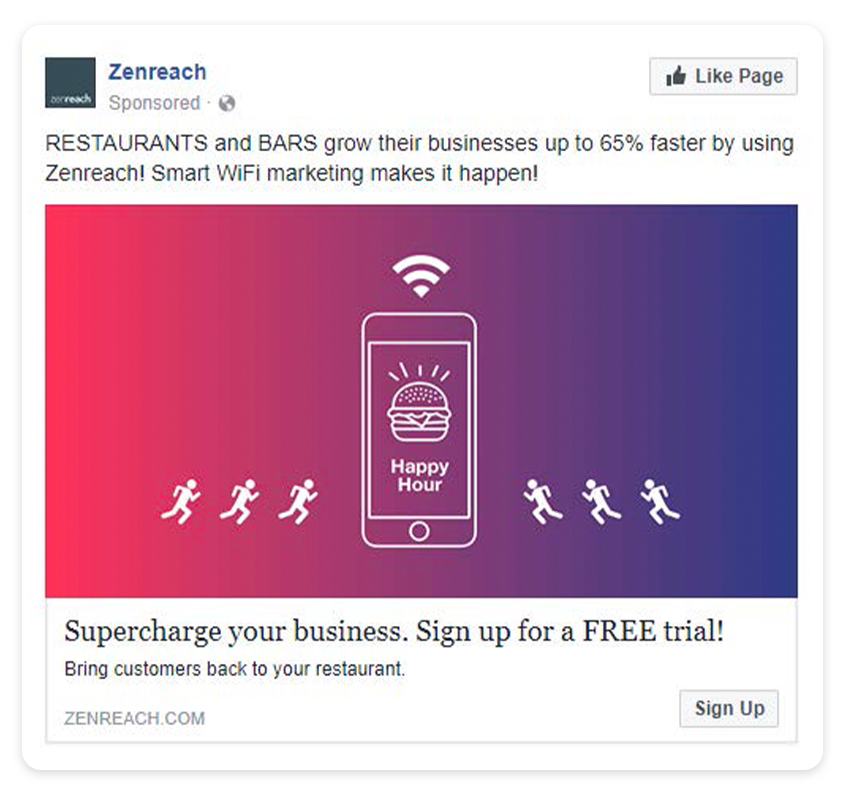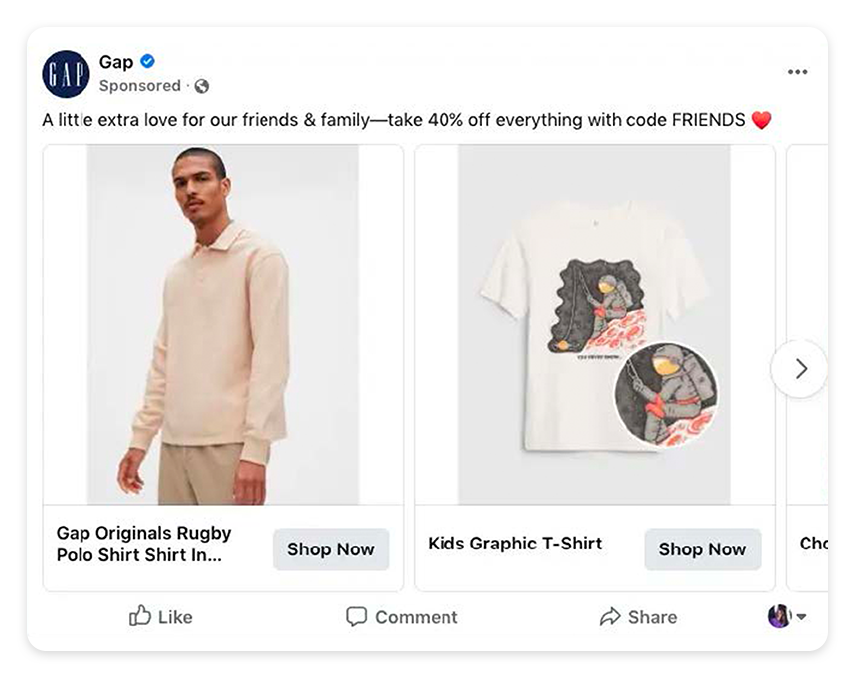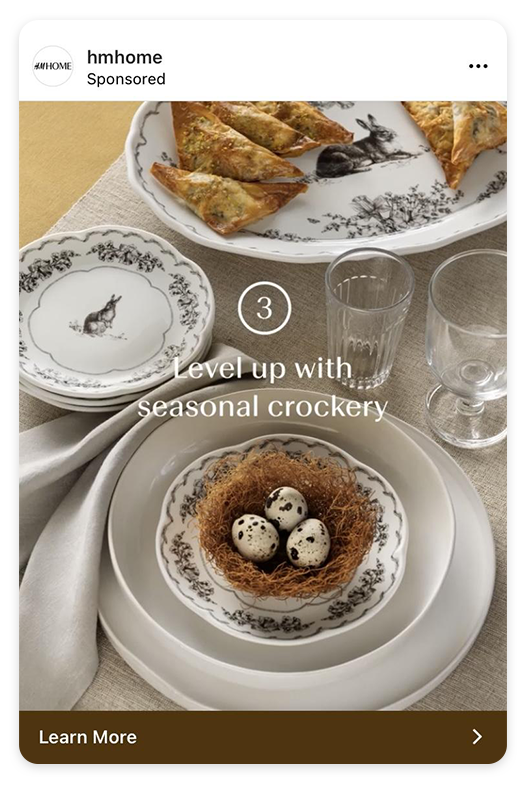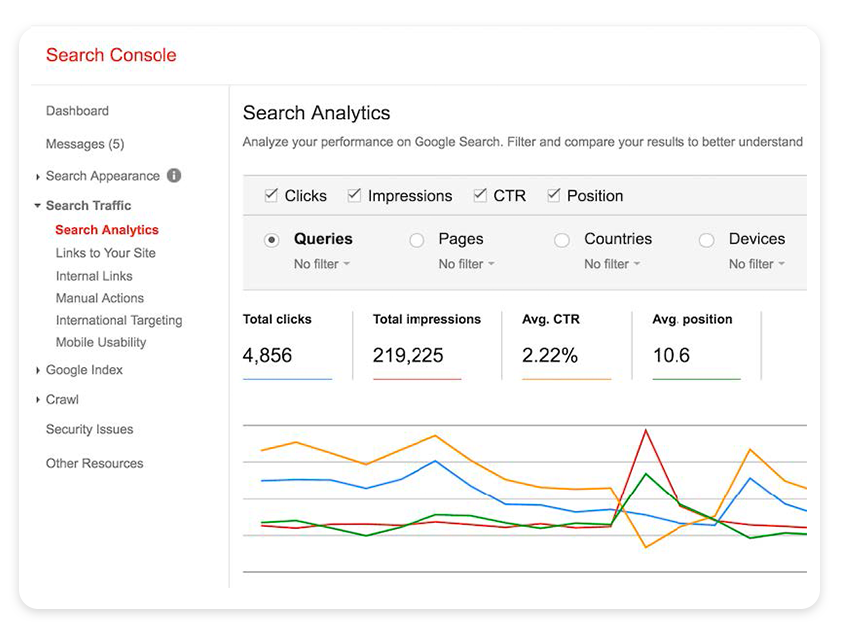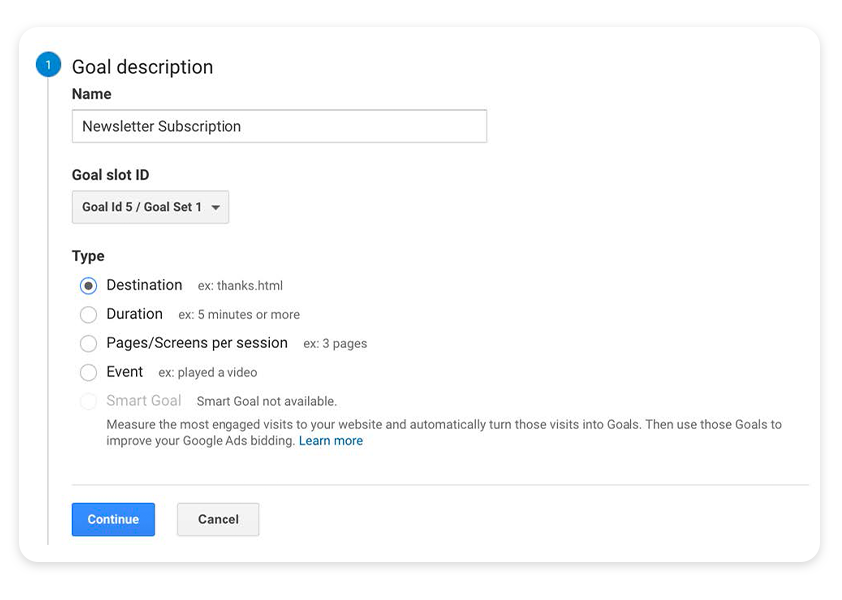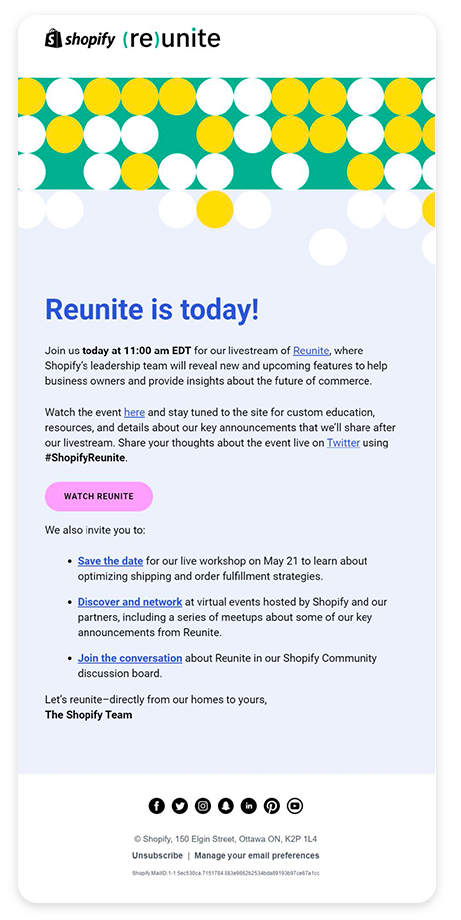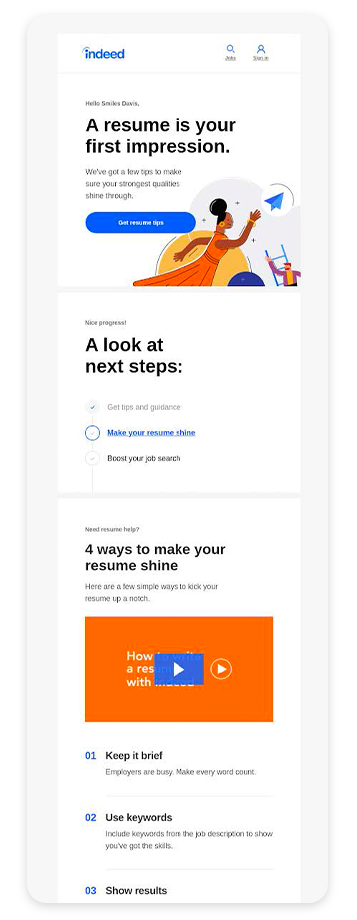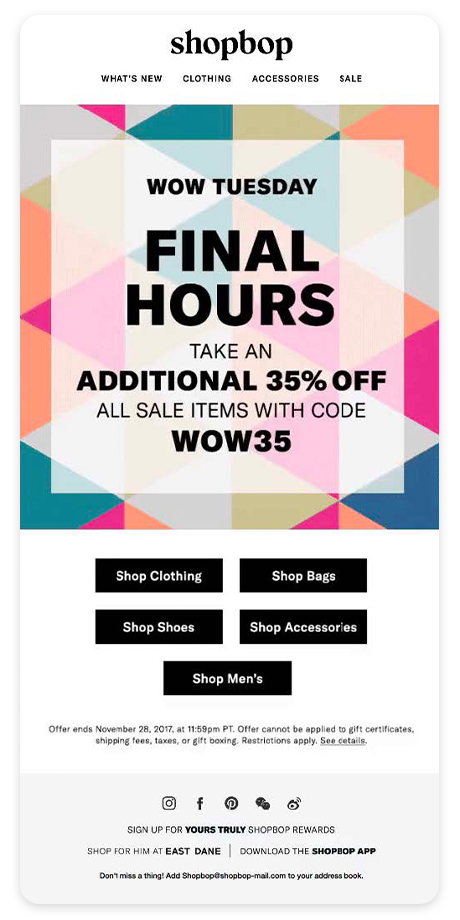CTR in email marketing
CTR is a hot topic in email marketing. Encouraging subscribers to click-through from an email is one of the main goals email marketers have - no surprise, really, since email generates the highest ROI out of any other marketing activity. CTR, in this context, lets you measure the success of your email campaigns and provides a detailed insight into whether the copy, design, subject lines, and CTAs in your emails are effective at driving click-throughs.
What is email click-through rate?
If we go back to basics, CTR in emails tells you how many people that opened your email clicked through on a link provided within it. It provides a baseline for engagement and can give a good overview of the kind of content your readers want to receive.
How is email CTR calculated?
Email CTR is calculated similarly to the CTR of paid ad campaigns and organic CTR methods. The formula looks like this:
For example, if 500 people open an email in your welcome campaign and 150 clicked through to a tutorial blog post you shared in that email, the CTR would be:
How to improve CTR in email campaigns
You can use some of the tips provided above to improve your email marketing CTR, but there are some tweaks you can make that are unique to email.
1. Reduce the number of choices
If you bombard subscribers with multiple links, they might become paralyzed with choice. Instead, please stick to one clear action you want them to take, whether it’s clicking through to a blog post, reading a case study, or following you on social media.
There’s a chance the number of links in this email from Shopify might be too many. Subscribers might find it hard to know what exactly to do next.
2. Segment your subscribers
Not all your subscribers will be interested in the same things. To increase your CTR, only serve them content relevant to their individual needs and pain points. Segment your list based on past engagements, purchases, and content they’ve shown interest in before.
For example, if you’re marketing a project management tool, you might have a group of subscribers that manage teams looking for insights into better project management, and you might have individual users who are using your tool for personal use. Both groups get value from your product, but they get it in different ways. Sending a link to a blog post about workplace management to the group of subscribers who use your tool for personal use won’t be as effective as sending them something that relates to their own needs.
Indeed sends emails to subscribers based on where they’re at with their profile.
3. Personalize your emails
When reaching your audience in one of the most sacred places possible (their inbox), it’s important to show them that you value them. The easiest way to do this is to personalize your messages. According to research, personalizing emails can generate a 14% higher CTR.
4. Incorporate social proof
No one likes to feel left out, so tap into the power of FOMO (Fear of Missing out) to encourage subscribers to click through. Share testimonials, reviews, and ratings to give people the nudge they need to click through.
Adidas incorporates reviews and ratings into its marketing emails.
5. Test copy length
The length of your emails really depends on your goals as a brand and who your audiences are. Some people prefer longer, pithier emails, while other audiences crave brevity in a busy world. Experiment with the length of your emails to find the sweet spot.
6. Create Urgency
Giving people a time limit can push them into action. Use countdown timers or limited-time offers to encourage click-throughs. Urgency is one of the key psychological factors you can play in your emails to improve your CTR.
Shopbop encourages subscribers to click-through with a limited-time offer.




